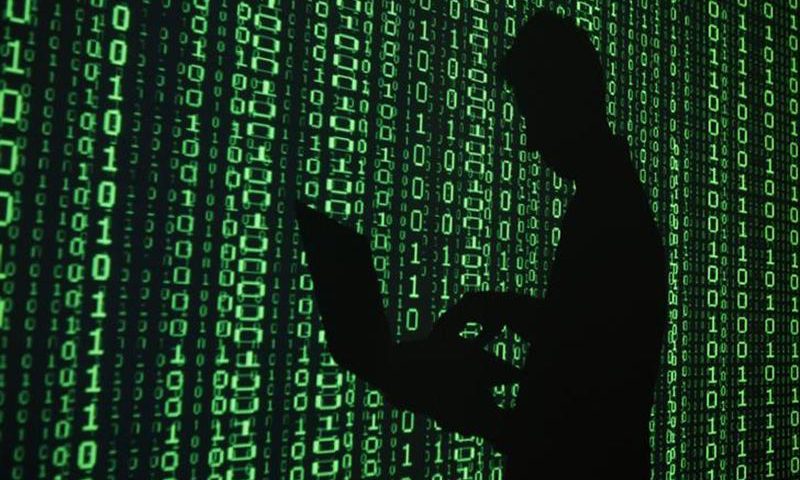KARACHI: As millions remain indoors due to varying lockdowns across Pakistan, the internet usage in the country has increased by 15 per cent in a week.
In a press release issued on Thursday, the Pakistan Telecommunication Authority (PTA) said the increase was observed due to a spike in online activities by educational institutions and businesses, as well as a ‘work-from-home policy’ adopted by individuals and organisations.
At present, Pakistan’s installed bandwidth capacity is almost three terabits per second and loading capacity is at 2Tbps.
The PTA said there was “sufficient internet capacity” available in the country to meet the growing demands of the future.
In order to match the increased demand, media streaming platform Netflix has removed the highest bandwidth streams in Pakistan. The decision has been taken to reduce traffic so that more users can avail of the service.
In a statement issued on Thursday, Ken Florance, the VP Content Delivery at Netflix, said: “Given the crisis, we’ve developed a way to reduce Netflix’s traffic on telecommunications networks by 25 per cent while also maintaining the quality of our service. So consumers should continue to get the quality that comes with their plan — whether it’s Ultra-High, High or Standard Definition. We believe that this will provide significant relief to congested networks and will be deploying it in Pakistan for the next 30 days.”
Internet a lifeline
As the coronavirus outbreak has forced closure of schools and most of offices and people to practice ‘social distancing’, internet is providing a lifeline. From schooling to fitness training, to telemedicine and newsgathering, internet has become a public square to access critical information and for all social interaction.
In a first for the country’s political history, cabinet meetings and government engagements are being conducted online via video links.
To devise a strategy to contain Covid-19, the opposition parties recently held a conference call — comprising over 13 leaders, including Pakistan Peoples Party chairman Bilawal Bhutto-Zardari and Pakistan Muslim League-Nawaz president Shahbaz Sharif — on a video-conferencing platform, Zoom.
The Ministry of National Health Services (NHS) has also acquired a video conference system worth $300,000 from Huawei Pakistan, which can be used for epidemic prevention and control command, remote consultation and remote monitoring.
Besides politics, financial institutions are turning to internet for mobile banking as a public-health tool.
The State Bank of Pakistan (SBP) has waived all charges on fund transfers through online banking channels to avoid the use of cash, which the World Health Organisation (WHO) flagged as a conduit for the spread of coronavirus. The central bank also advised the financial sector to immediately facilitate education fee and loan repayments through internet banking or mobile devices.
Digital divide
While the role of technology is critical in surviving the outbreak, it also serves an urgent reminder for the country to close its digital divide.
Just over a third of Pakistan’s population or around 76 million people are online in 2020. Of the total internet users, only 37m are active social media users. In terms of internet inclusivity, Pakistan has been ranked 76th out of 100 countries by the Economist Intelligence Unit (EIU), falling into the last quartile of the global index in 2020.
The EIU said the country has the largest gender gaps in the index, in both mobile and internet access. Other major impediments to internet inclusion include low levels of digital literacy and relatively poor network quality.
In terms of digital payments as well, there is digital divide as around 20pc Pakistanis have accounts with financial institutions – less than 7pc being women. Only 1pc of these citizens have credit cards.
There are some government initiatives to reach all of the country’s 165m cellular subscribers. A Covid-19 awareness message has been activated as the call ringtone across for all telecom providers.
However, to reach a maximum number of people at risk in both rural and urban centres, the efforts need to be expanded.
Some mobile operators in Africa are offering zero-rated access to essential websites, and in South Africa, the official Covid-19 website was made free of charge, with no data or airtime required.
Other incentives such as reducing the cost of internet packages and installation, lifting data caps and increasing public Wi-Fi hotspots can make internet access available for all in a time when digital is survival.
Published in Dawn, March 27th, 2020














































